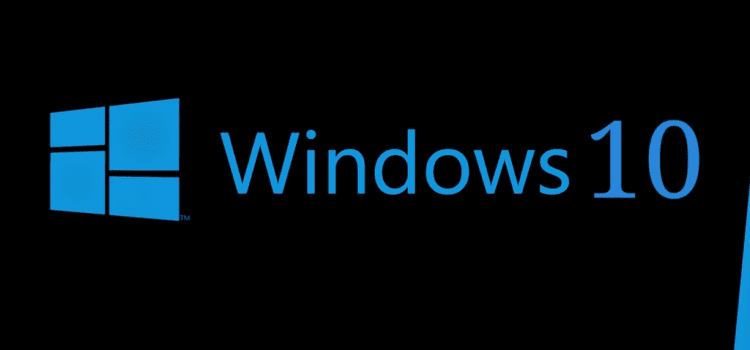Earlier this year Microsoft launched its new Windows 10 update, which is an entirely new version of the original operating system that has been described as a ‘make or break’ move for the company by experts. The release included a Windows Update for Business which now reportedly requires businesses users to apply the changes within a twelve-month time frame.
Windows 10 includes new and improved features such as the allowing of apps from other platforms to be easily ported and the ability to run on smartphones and smaller tablets. The latter feature has been designed to create an operating system that runs across any device, so that one device can be put down and the user can pick up another Windows device where they will already be signed in and able to pick up where they left off.
Windows Update for Business comes as an inclusive service and will allow administrators more freedom in controlling which client devices receive which updates and when they receive them. The service integrates with pre-existing tools and aims to reduce management costs and provide increased access to Microsoft innovation, as well as providing quicker access to security updates.
Windows Update for Business permits more control for IT departments over how and when Windows 10 are downloaded and installed as opposed to the automated system that is employed for consumer editions. As a spokesperson told ZDNet, “IT professionals [will] have access to tools, which enable them to manage and control downloads on their network domain and also make a determination as to when and if to install Windows 10.”
The Deadline
Following its announcement, business users have up to a year to install their software updates and apply its improved security features. Should they fail to meet this fairly lenient deadline, they will become ineligible for future updates so are being advised to act reasonably fast. In a Microsoft Virtual Academy video, Windows senior product marketing manager, Michael Niehaus explains that “for each new set of functionality, you have 12 months to deploy new capabilities.”
The 12-month period includes the four-month time frame where a new update becomes available on the Current Branch for Business from the Current Branch release in addition to the eight months after it becomes available on the Current Branch for Business. Updates are currently available on these three separate branches and the Windows Update for Business hopes to provide more flexibility over when these updates are deployed.







